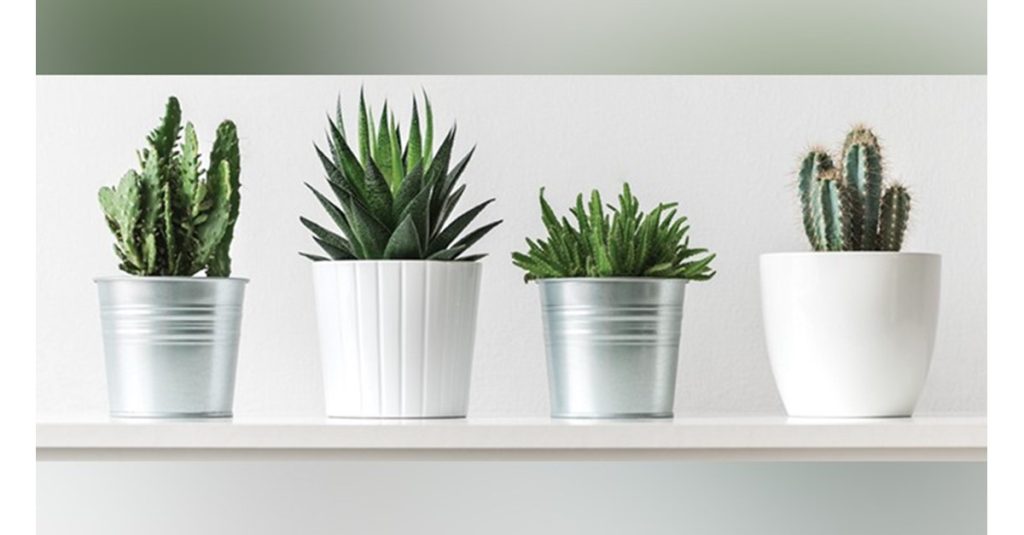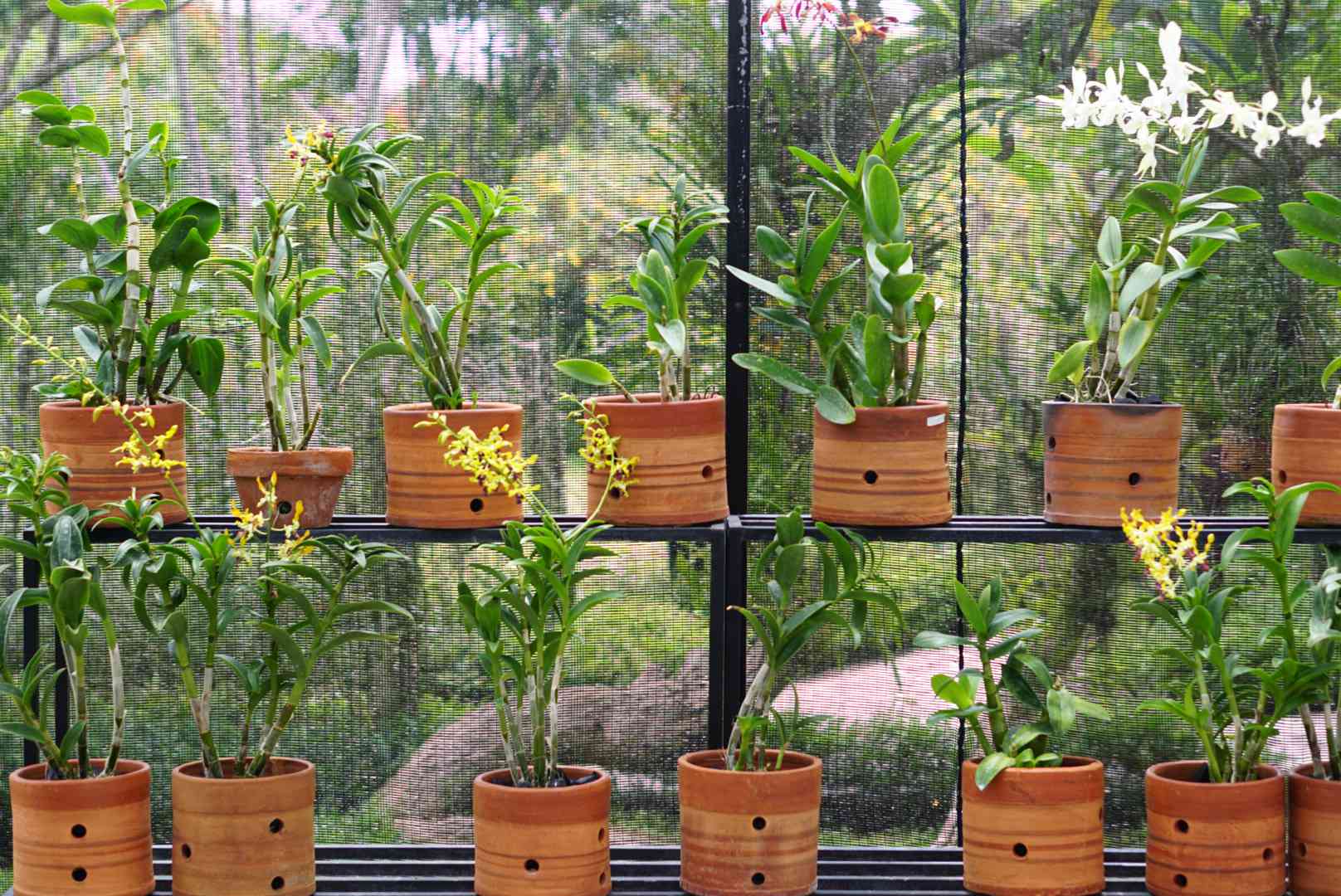Guide To Repotting Plants | Signs That You Need To Repot

Not all plants can survive all throughout their life without getting repotted. Many houseplants need an upgrade in their living conditions – that’s the time for repotting. There are several reasons why you need to do all of this, including overgrown potting containers or soil replenishment.
Is it Time To Repot?
The timing for repotting depends on the plant, its age, and the environment. Young plants require more frequent repotting than adult plants. One of the easiest ways to notice if a plant needs repotting is if the roots grow out of the pot’s drainage hole. Yellowing and leaf loss can also indicate that it’s time to repot the plants.
However, before repotting a stressed plant, make sure it isn’t showing signs of overwatering, underwatering, or lack of sunlight exposure. Repotting is an essential part of keeping your plants healthy and happy. Not only will you need fresh soil, but better and bigger pots and planters as well. If you notice that some of them need repotting, here’s what you need to know while moving your plant.
The Right Soil
Not all soil is made equal, especially when it will be used to repotting your plant. There are different types of soil to choose from, depending on what your plants require. In general, cacti and succulents like well-draining, sandy soil combinations with minimal organic matter content.

Aroid plants on the other hand prefer nutrient-dense soil that is moist yet drains well and has appropriate root aeration. Make sure that you do some research on the specific needs of your plants before repotting.
Pots and Planters
The options for potting containers can be overwhelming. Your choice is dependent on two factors – your plant’s needs and your personal preferences. Although most gardeners prefer pots with drainage holes to avoid waterlogging and root rot, it is difficult to miss out on those tempting decorative pots too. When it comes to sizes, make sure that it is one to two inches larger than the plant’s original pot.
It’s Time to Repot
You have your fresh soil, new pots, and planters, and your plants that are ready to be transferred to their new home. Start by turning the plant sideways and gently twisting the old pot away from the root ball. Sometimes this may be tough for root-bound plants so be patient and take your time. Do it slowly as you want to break as little roots as possible.
After removing your plant from its previous pot, gently loosen the root ball to remove any old soil. Soak the root ball in the new dirt and gently pat it into position. Make sure that you watered them properly and returned to their original spot. Check your repotted plants from time to time to ensure that they have adjusted well to their new homes.






